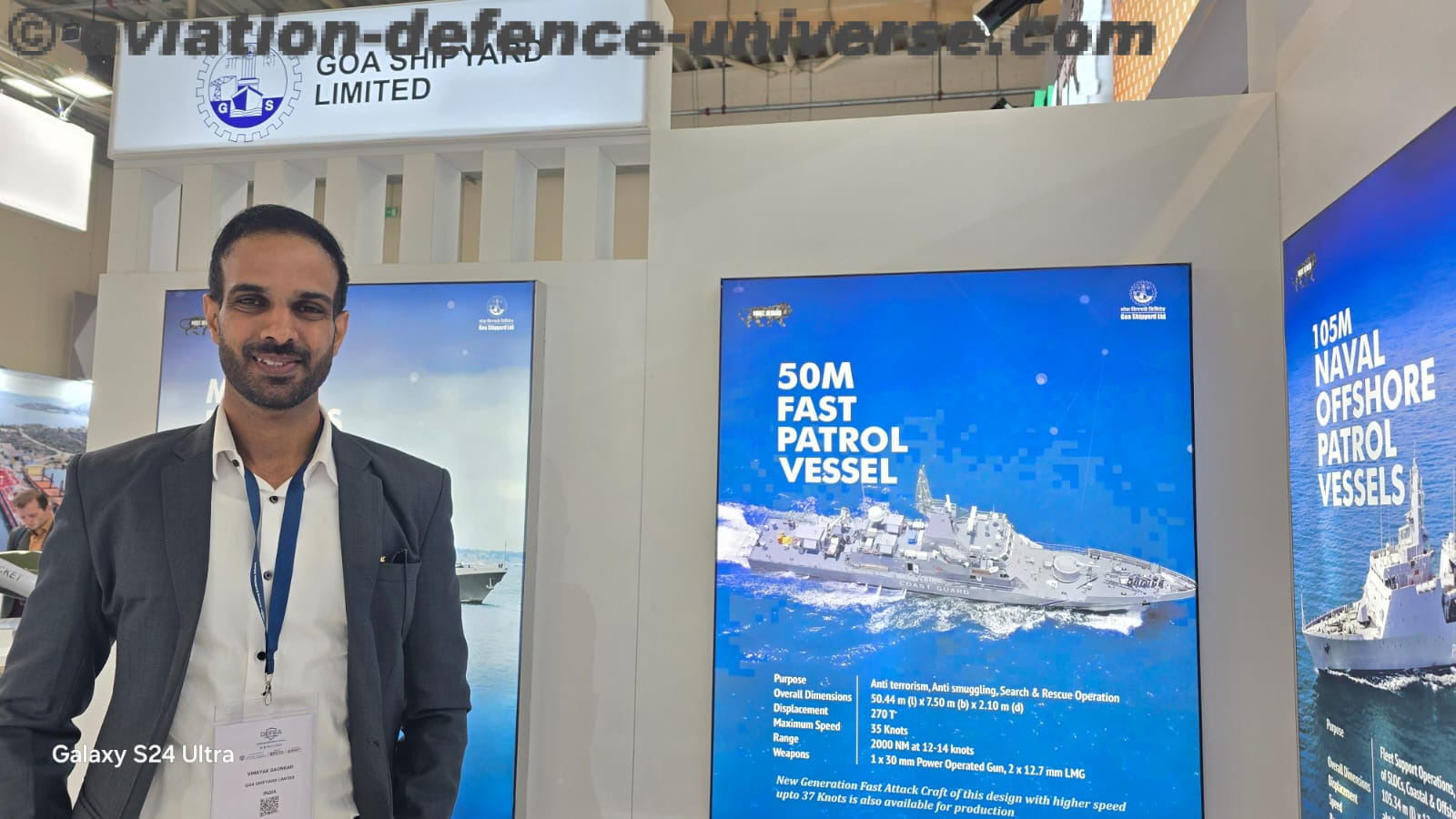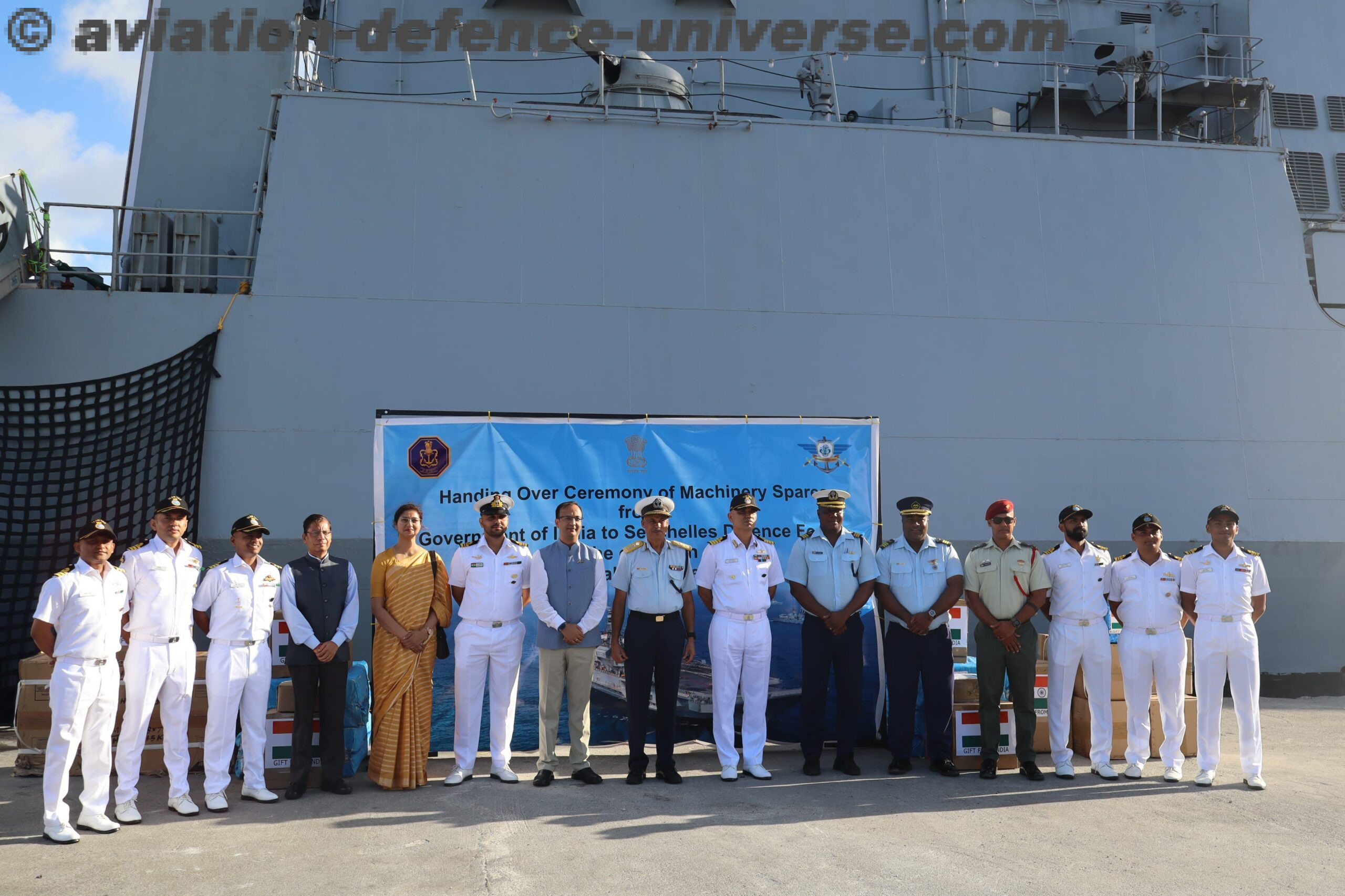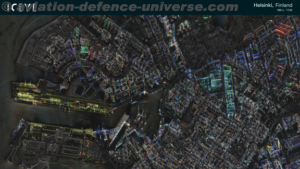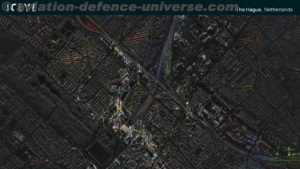- The project enables academic and research centers throughout Spain to offer services and share huge data sets securely by increasing the speed of their optical network tenfold, up to 100 gigabits per second
- The migration, carried out by SIA, will also allow RedIRIS to take an exponential leap forward to meet the technological challenges of tomorrow
- RedIRIS-NOVA 100 is poised to become one of the most advanced research and education networks in Europe and worldwide
Madrid. 21 September 2021. SIA, Indra’s leading cybersecurity company, is carrying out the technological updating of RedIRIS-NOVA, the high-capacity optical network of RedIRIS, an entity managed by Red.es and attached to the State Secretariat for Digitalization and Artificial Intelligence of Spain. This network provides advanced communications services to the scientific and academic community in Spain, integrating security in data transfer and increasing the speed of its links tenfold to securely carry new services with higher bandwidth requirements, thus absorbing all the traffic of the educational community part of the Connected Schools (Escuelas Conectadas) program.
The project, representing an investment of more than 13 million euros, involves the deployment of the network through a solid and thorough migration plan carried out by SIA to guarantee the complete availability of critical services in production during the process, integrate security into the network and incorporate new state-of-the-art network equipment.
The result of this transformation is RedIRIS-NOVA 100, a robust high-capacity network (NREN) that will enable the new long-distance backbone infrastructure connecting universities and research centers throughout Spain, thus allowing educators and scientists to share huge data sets securely and take full advantage of bandwidth-intensive applications.
“Our new transport system enables Spanish scientists and academics to work together on national and international projects with secure and highly reliable access to everything and with a flexible capacity of multiple connections of 100 gigabits per second,” says Esther Robles, Deputy Director of Communications Networks at RedIRIS.
As for Alejandro Díez, Director of Digital Risk at SIA, he points out that “the design and implementation of a project of such complexity meant we had to work hand in hand with RedIRIS, understand perfectly its requirements and have a team of professionals with the necessary skills and knowledge to migrate to a network that would cover the present and future demands of the different services”. He went on to say that “the project leaves the network ready for RedIRIS to transport critical encrypted services with previously unattainable levels of security with no trade-offs in latency”, in addition to meeting the needs of the progressive growth of the traffic at connected institutions with a higher speed.
The implemented open solution, deployed on ADVA’s FSP 3000 technology—SIA’s technology partner in this initiative—has provided RedIRIS with an easy way to migrate from legacy technology to flexible, high-performance connectivity. Hartmut Müller-Leitloff, SVP, Sales, EMEA, ADVA, notes that “with our open optical layer, RedIRIS also has the possibility to cope with tomorrow’s growing demands by expanding to higher transmission speeds, 100 gigabits per second and beyond, and more complex modulation schemes.”
The new RedIRIS backbone network connects more than 80 points of presence and more than 500 institutions and includes long-haul single-span submarine links to the Balearic Islands and the city of Melilla, as well as connections to the Canary Islands, the Institute of Astrophysics of the Canary Islands and its observatories. The RedIRIS backbone infrastructure will be one of the most advanced state research and education networks in Europe and worldwide.
When all phases of the deployment are completed, RedIRIS-NOVA100 will become a powerful tool for high-quality collaboration, security and global connectivity, poised to take an exponential leap forward to meet the challenges of the future: Smart Cities, IoT, connection for schools, universities and research centers, open science in the cloud, global libraries and private networks. It will be a cognitive, flexible and interoperable network to support the growth in supercomputing and interconnection with other European education and knowledge networks. “It will operate as a critical infrastructure and offer instant service at any geographic point in the network, with robust and secure processes,” adds Alejandro Díez.






























































































































